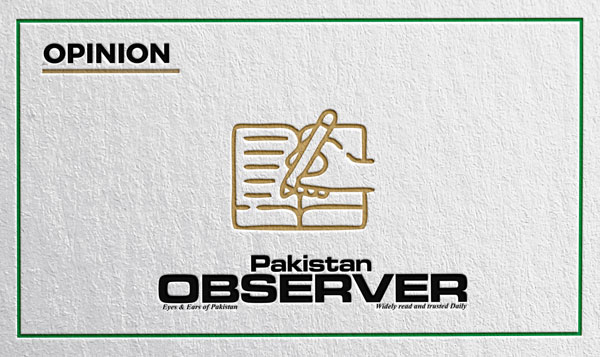Articles and letters may be edited for the purposes of clarity and space.
Protest against ‘love Jehad’
On 10 January, Sehore, Madhya Pradesh, witnessed a disturbing event as right-wing Hindu groups organized protests against ‘love jihad.’ Instead of promoting dialogue, the gathering was marred by inflammatory speeches and divisive rhetoric targeting Muslims, exposing the rising tide of communal polarization in the country.
Pandit Mohitram Phatak, a key speaker, openly used anti-Muslim slurs, calling for economic bycot and even violence. His statement, “We have to show these ‘Mullas’ their place! Don’t buy anything from them,” was a blatant attempt to deepen societal divides. He further perpetuated the baseless ‘love jihad’ conspiracy, urging Hindu women to emulate goddesses like Durga and Kali, “Become Durga or Kali but never a burkhewali,” fostering mistrust and hostility.
Another speaker described ‘love jihad’ as a “cancer” threatening Hindu women, demanding stricter laws against interfaith relationships—a claim repeatedly debunked by investigations. Such rhetoric falsely portrays interfaith unions as deliberate threats, endangering communal harmony and encouraging suspicion and violence.
The consequences of these hate-filled speeches are grave. Economic boycotts harm livelihoods, while vilifying an entire community fuels hostility and justifies hate crimes. This event underscores the urgent need for accountability and legal action against those propagating such divisive ideologies.
Hate speech is not free expression; it endangers peace and public order. The Sehore protests serve as a stark reminder of the need for collective efforts to resist hate and build a more inclusive society. However, inaction by BJP Government has led to increase in hate speeches against minorities questioning India’s claimed secular outlook.
MUSTAFA KAMAL
Karachi
Educational crisis
The recent acknowledgment by Prime Minister Shehbaz Sharif that over 22 million children in Pakistan remain out of school is both alarming and shocking. This staggering figure underscores a long-standing crisis in the country’s education system, which has been neglected for far too long. While it is encouraging that the government is now vocal about this pressing issue, rhetoric without action is futile. Pakistan’s educational challenges are deeply systemic, intertwined with poverty, inadequate infrastructure, gender disparity and regional inequalities.
Decades of under-funding and mismanagement have only worsened the situation. This crisis must be matched with comprehensive, practical solutions that go beyond temporary fixes or superficial commitments. It is imperative that the government prioritizes education reform by significantly increasing budget allocations, ensuring accountability in fund utilisation and addressing barriers that prevent children, both boys and girls, from attending school. Public-private partnership could play a pivotal role in expanding access to quality education.
There must be a focus on improving teacher training, upgrading school facilities and revising outdated curricula to equip students with relevant skills for the modern world. Community engagement and awareness campaigns are equally essential to encourage school enrolment and retention. The cost of inaction is far greater than the investment required to secure the nation’s future. Education is not a privilege, it is a fundamental right of every citizen. The government must move beyond lip service and implement sustained, impactful policies to ensure every child has access to quality education.
MUNAWAR SIDDIQUI
Lahore
Diversification of investment
Investment involves growing wealth rather than just holding it. Relying on a single investment, such as stocks, bonds, or gold, can be risky, as losses in one area could impact the entire portfolio. Diversification reduces this risk by spreading investments across different securities, ensuring that losses in one are compensated by gains in others.
Diversification also provides exposure to both risky and risk-free investments, tailored to an individual’s risk tolerance. A balanced mix of high-risk stocks and low-risk T-bills can minimize risk while maximizing returns. By diversifying, we can reduce the chances of loss and increase the potential for higher profits.
SAHIBA RAJPUT
Sindh










